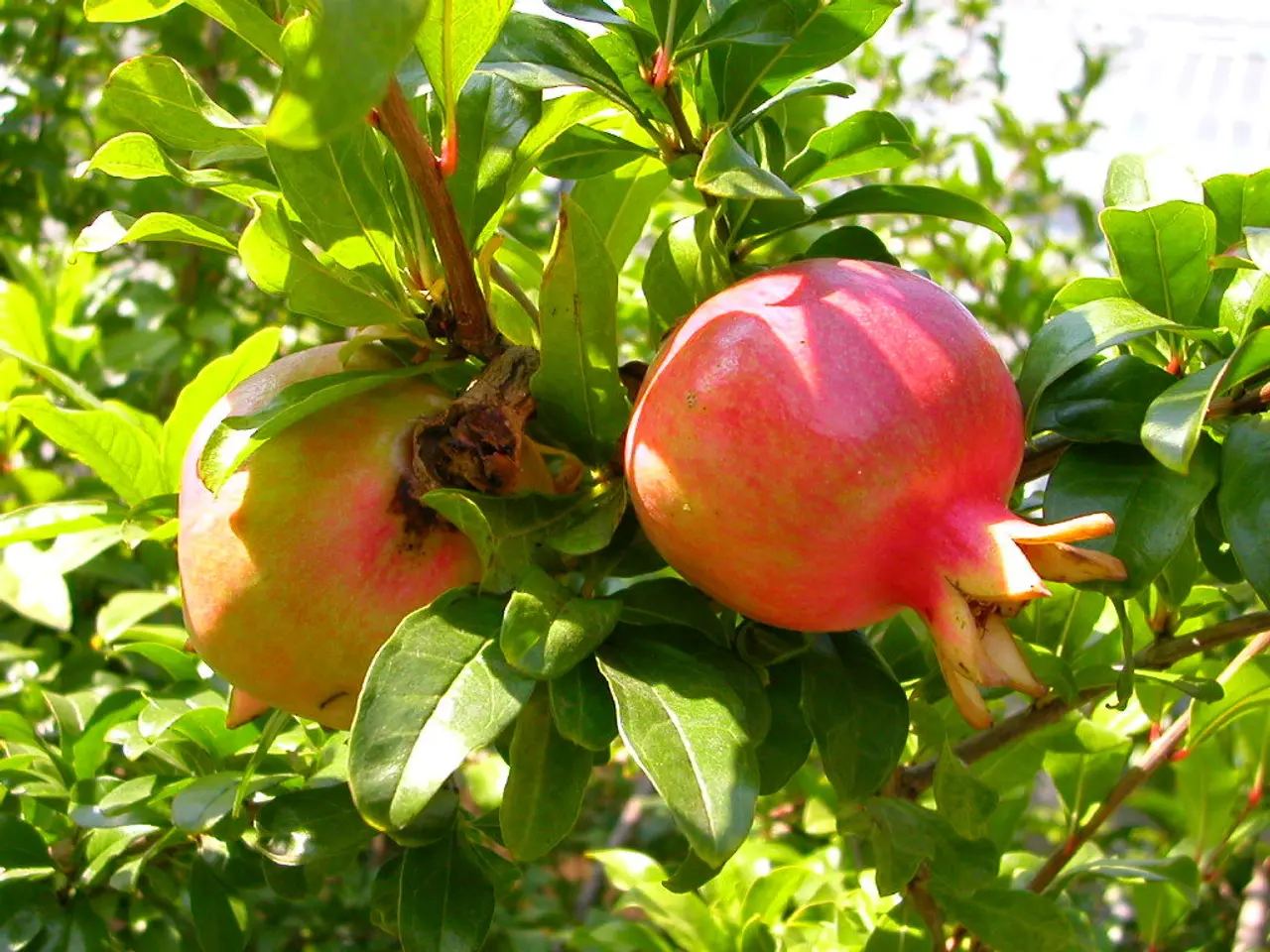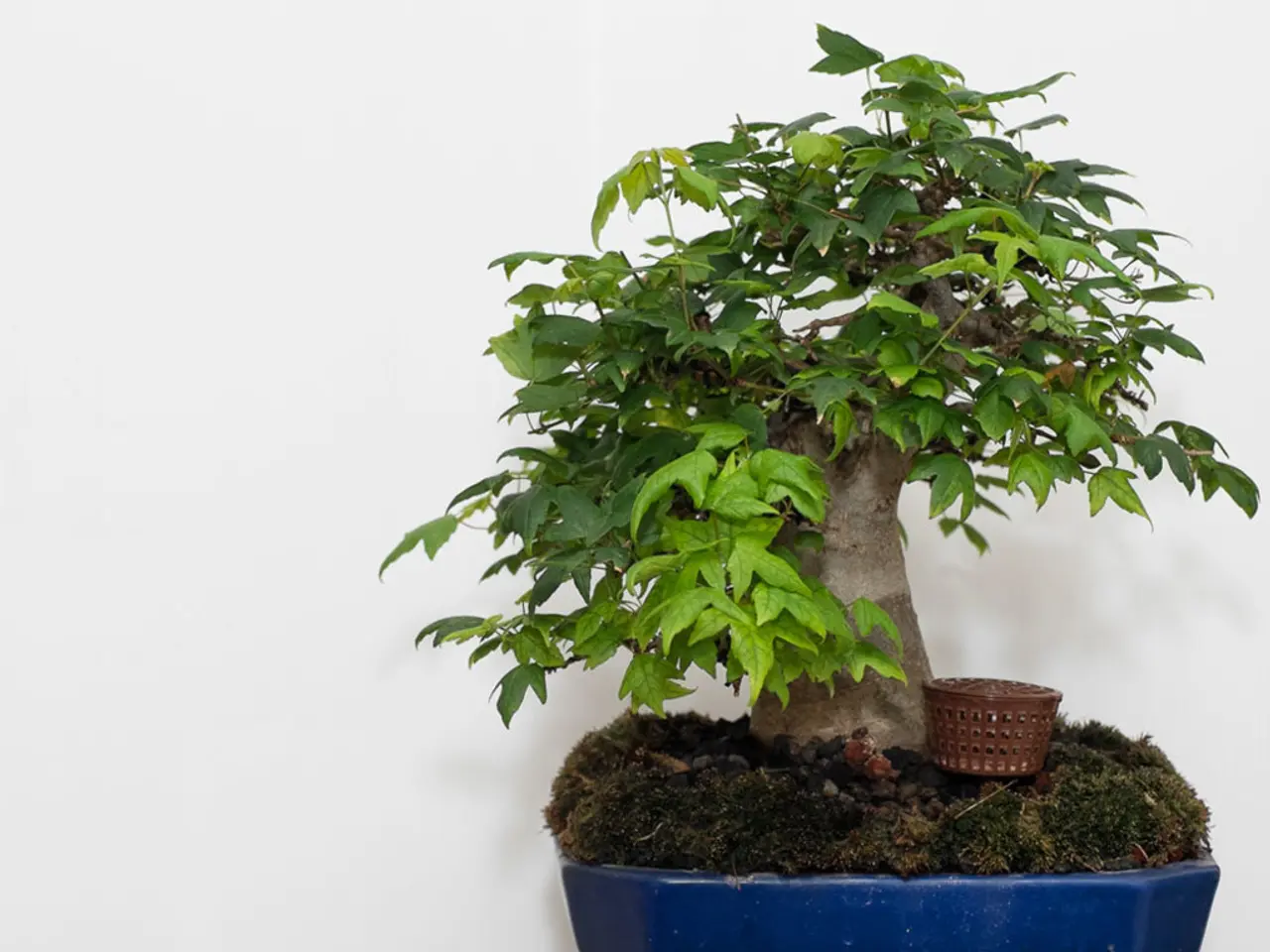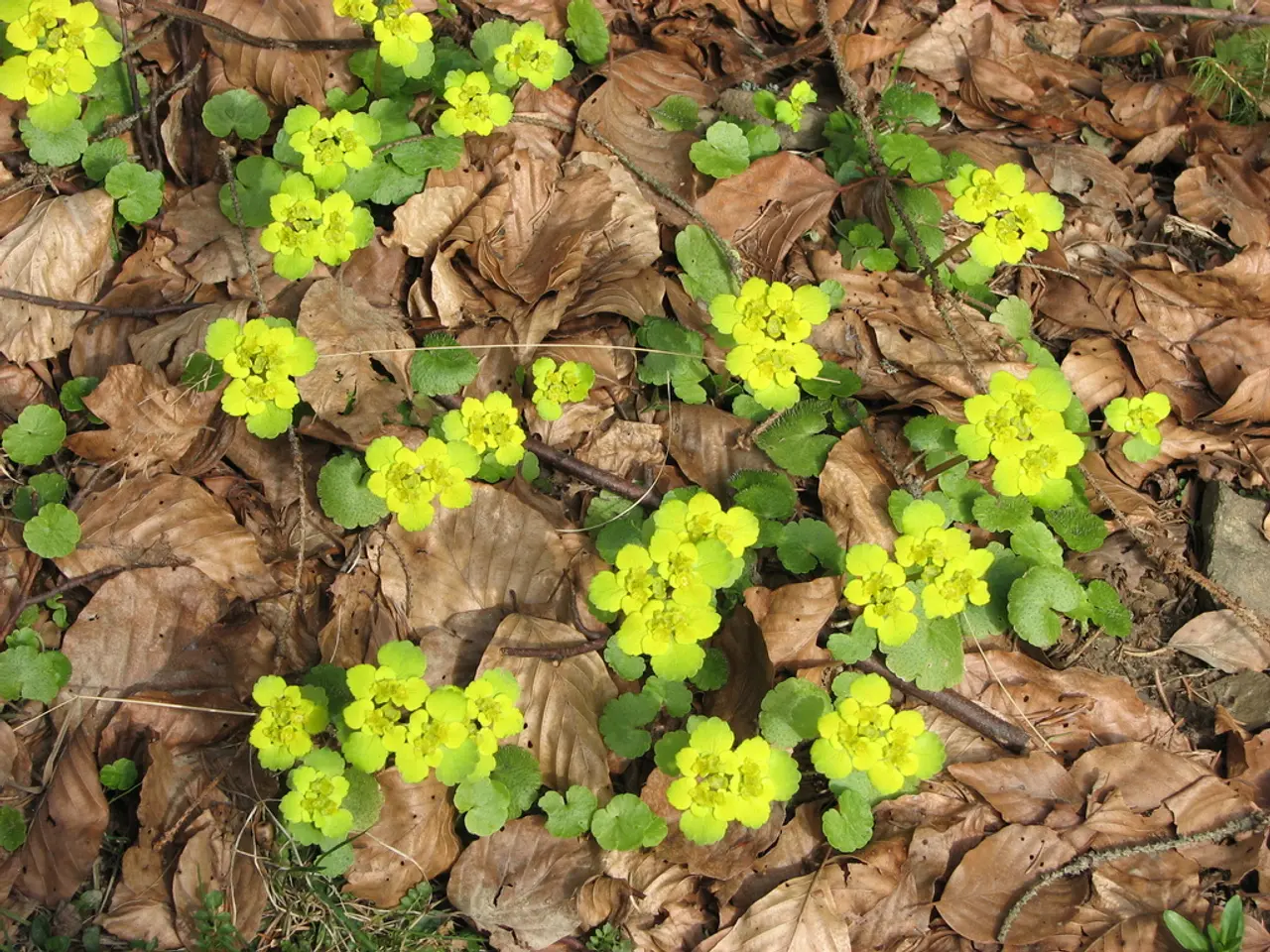Best Time to Harvest Pomegranates: Tips and Timing Guidance for Optimal Fruit Picking
Hey there, gardening enthusiast! If you've got a pomegranate tree in your yard, you might be curious about when to pick those juicy fruits. Knowing the right time is crucial to enjoy the peak flavor and nutritional benefits of these ruby red gems.
Typically, you'll want to wait about two to three years for your tree to mature enough to start producing fruit. Once it does, you're in for a real treat! The fruit will have a deep, ruby red color that tells you it's ready. But resist the urge to yank them off the tree – use some shears to cut the stem above the fruit instead. This technique minimizes damage to your tree and helps ensure future crops will remain healthy and fruitful.
Fun fact: Pomegranates can store in the fridge for up to six or seven months. That means you can savor them long after they've been picked. Plus, they're not just delicious, they're packed with antioxidants, fiber, and vitamin C, making them an excellent addition to your diet. Not bad for straight-from-the-backyard superfood, right?
Now, let's talk about harvesting. Here's a quick guide:
Selecting and Harvesting Pomegranates:
- Identifying Ripe Pomegranates: Look for a deep, ruby red color, a uniform hue, and a weighty feel for its size. Gently tap the fruit to hear a metallic sound, which indicates ripeness.
- The Best Time for Harvest: Generally, pomegranates ripen between August and October, depending on the variety and region. For the best picking time, observe your tree's flowering patterns – usually from mid-spring to fall – to anticipate the best harvest times.
- Harvesting Techniques: Use pruning shears or scissors to cut the stem above the fruit. This approach keeps your tree healthy and ensures future crops will thrive.
Take good care of your pomegranate tree, and it will reward you with delicious fruit for years to come. Here are some tips:
Caring for Your Pomegranate Tree:
- Planting and Growing Conditions: Choose a sunny spot with well-draining soil and rich organic matter. Water deeply but infrequently, and add a drip irrigation system for easy maintenance. Select a suitable variety like Wonderful or Pink Satin.
- Pruning and Maintenance: Trim dead or crossed branches, and cut away suckers from the base to focus energy on the main branches. Prune in late winter, before new growth begins.
- Protecting from Pests and Diseases: Inspect your tree regularly for signs of pests like aphids and whiteflies, or diseases like root rot and leaf spot. Regularly prune plants, ensure proper drainage, and apply fungicides when necessary to keep your tree healthy.
Lastly, once you've harvested your pomegranates, it's time to get creative in the kitchen! Here are some ideas:
Incorporating Pomegranates in Recipes:
- Drinks and Smoothies: Use pomegranate juice for a refreshing addition to your morning smoothies or a base for stunning cocktails like a pomegranate martini.
- Culinary Uses: Add pomegranate arils to salads, warm dishes, muffins, and cakes for a burst of flavor. Try using pomegranate molasses in sauces and marinades, enhancing both sweet and savory dishes.
Now that you know how to pick, harvest, and care for your pomegranate tree, you're well on your way to enjoying these juicy superfoods straight from your own backyard!
When preparing your pomegranate harvest, remember to use pruning shears or scissors to cut the stem above the fruit for a healthy tree and future crops. Cultivating a pomegranate tree not only provides fresh fruits, but also introduces a wealth of possibilities in home-and-garden lifestyle and gardening, as it offers numerous culinary uses from drinks and smoothies to salads and baked goods.








